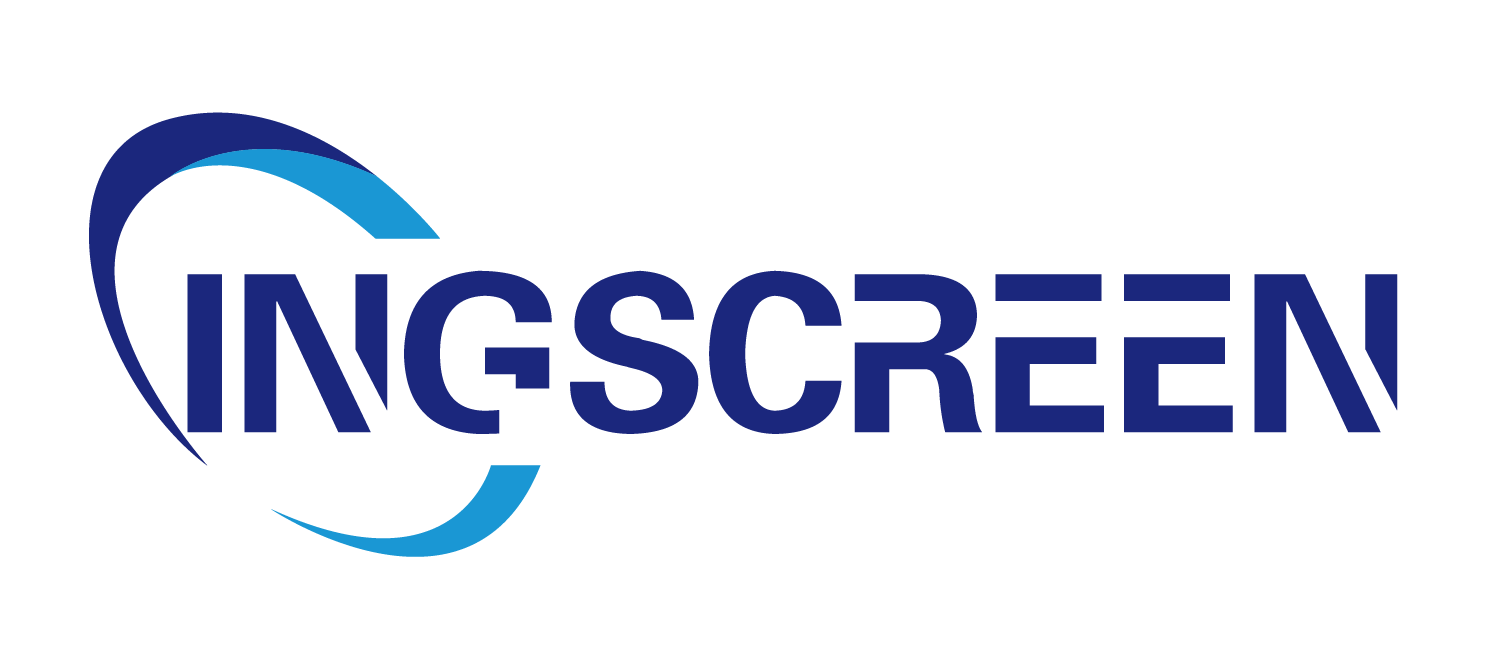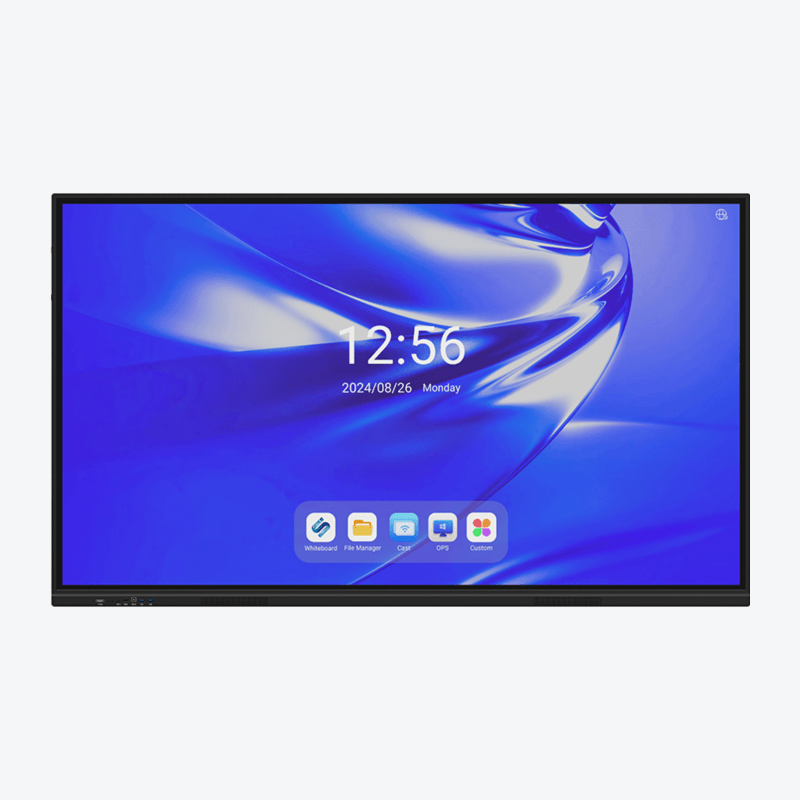How Do Interactive Flat Panels Improve Collaboration and Engagement?
Interactive flat panels (IFPs) have become central to modern spaces where people gather to learn, work, or create—from classrooms and offices to meeting rooms and training centers. These large, touch-sensitive displays are changing the way groups interact by making collaboration more dynamic and engagement more active. Unlike traditional tools like whiteboards or projectors, interactive flat panels combine digital content, touch interaction, and connectivity to break down barriers between participants. This guide explores how interactive flat panels enhance collaboration and engagement, focusing on their features, real-world applications, and the tangible benefits they bring to teams and audiences.
What Makes Interactive Flat Panels Different for Collaboration?
Interactive flat panels are designed to be more than just displays—they are collaborative hubs that facilitate communication and idea-sharing. Their key features set them apart from older technologies:
- Multi-touch capability: Most IFPs support 10 or more touch points, allowing multiple people to write, draw, or interact with content at the same time. This eliminates the “single-user” limitation of traditional whiteboards, where only one person can contribute at a time.
- Digital content integration: IFPs connect to the internet, laptops, and cloud storage, making it easy to pull up documents, videos, images, or apps during a session. This means teams can reference real-time data, edit files together, or explore online resources without switching between devices.
- Annotation tools: Built-in digital pens, highlighters, and erasers let users mark up content directly on the screen. Notes, drawings, or edits can be saved, shared, or exported instantly, ensuring no ideas are lost.
- Connectivity: Wireless screen mirroring, Bluetooth, and USB ports allow users to connect their devices to the panel seamlessly. This makes it easy for anyone in the group to share their work or contribute to the discussion.
These features create an environment where collaboration feels natural, efficient, and inclusive—key to improving how teams work together.
Enhancing Collaboration: Breaking Down Barriers
Interactive flat panels make collaboration easier by removing common obstacles that slow down group work, such as limited participation, poor communication, or disjointed tools. Here’s how they foster better collaboration:
Enabling Real-Time Co-Creation
In traditional settings, collaboration often involves taking turns—one person presents, others listen, and feedback happens later. Interactive flat panels turn this into real-time co-creation. For example:
- In a team meeting, multiple members can add ideas to a brainstorming board on the panel at the same time, using different colors to organize thoughts.
- In a design review, team members can draw directly on a prototype displayed on the screen, marking changes or highlighting issues instantly.
- In a classroom group project, students can edit a shared document on the panel, with each member contributing to different sections simultaneously.
This simultaneous input speeds up the collaboration process, ensures everyone’s voice is heard, and builds on ideas more dynamically than waiting for turn-based contributions.
Simplifying Content Sharing and Editing
Sharing files and editing them together used to require passing around a laptop, emailing documents, or using complicated software. Interactive flat panels simplify this by acting as a central hub for content. Users can:
- Mirror their laptop or tablet screen to the panel with a few taps, allowing the group to view and discuss their work.
- Open cloud-based files (like Google Docs or Microsoft 365) directly on the panel, so everyone can edit in real time, with changes saving automatically.
- Import images, videos, or graphs and annotate them together—for example, a marketing team analyzing a campaign report can highlight trends or add notes directly on the data visualizations.
This seamless sharing reduces technical delays and keeps the focus on the work, not the tools, making collaboration more efficient.

Supporting Remote and Hybrid Collaboration
In today’s world, many teams work with members in different locations. Interactive flat panels bridge the gap between in-person and remote participants:
- Built-in cameras and microphones let remote team members join meetings via video call, seeing the panel’s content and participants clearly.
- Remote users can interact with the panel through shared software, adding comments, editing documents, or drawing on the screen as if they were in the room.
- Recordings of the session (including annotations and discussions) can be shared with remote members afterward, ensuring no one misses key points.
This inclusivity ensures that remote team members don’t feel left out, and collaboration remains strong regardless of physical location.
Organizing and Documenting Ideas Easily
One of the biggest challenges in collaboration is keeping track of ideas, feedback, and decisions. Interactive flat panels solve this by making documentation effortless:
- Notes, drawings, and edits made on the panel can be saved as digital files and shared with the group via email or cloud storage immediately after the session.
- Timelines or mind maps created during brainstorming can be exported as PDFs or images, serving as a clear record of the discussion.
- Action items or tasks identified during the session can be highlighted on the panel, then transferred to project management tools with a few clicks.
This documentation ensures that ideas don’t get forgotten, follow-up is easier, and everyone has a clear reference to guide their work after the collaboration session ends.
Boosting Engagement: Making Participation Active
Engagement—whether in a classroom, meeting, or training session—drops when participants are passive. Interactive flat panels turn passive listeners into active contributors, making sessions more engaging and memorable:
Encouraging Hands-On Participation
People learn and retain information better when they participate actively, and interactive flat panels make this easy. For example:
- In a classroom, students can solve math problems on the panel, drag and drop elements to complete science diagrams, or act out historical events using interactive timelines.
- In a corporate training session, employees can practice new software by interacting with a demo on the panel, test their knowledge with quizzes, or role-play customer interactions using scenario-based content.
- In a workshop, attendees can vote on ideas using the panel’s touchscreen, with results displayed instantly to guide the discussion.
This hands-on involvement makes sessions more dynamic, reduces boredom, and increases investment in the outcome.
Using Multimedia to Capture Attention
Interactive flat panels support a wide range of multimedia content—videos, animations, audio clips, and interactive simulations—that appeal to different learning and engagement styles. For example:
- A history teacher can show a short documentary clip on the panel, then pause to add notes or ask students to highlight key moments.
- A sales team trainer can display customer testimonials in video format, then use the panel’s tools to analyze successful communication techniques.
- A product team can showcase a 3D model of a new design, allowing members to rotate and examine it from all angles, sparking detailed feedback.
Multimedia content is more engaging than static text or images, as it stimulates multiple senses and makes complex information easier to understand.
Personalizing Content for Different Audiences
Interactive flat panels allow presenters to adapt content in real time to match the audience’s needs, keeping engagement high. For example:
- A teacher noticing students struggling with a concept can pull up an interactive quiz or game on the panel to reinforce the lesson in a fun way.
- A meeting facilitator can switch from a formal presentation to a group polling activity on the panel if participants seem distracted, re-energizing the discussion.
- A trainer can adjust the difficulty of interactive exercises based on the group’s progress, ensuring no one feels left behind or unchallenged.
This flexibility ensures that the content remains relevant and engaging, even as the session’s dynamics change.
Creating Friendly Competition and Fun
Interactive flat panels can turn learning or problem-solving into a game, using friendly competition to boost engagement. For example:
- In a classroom, students can compete in teams to solve math puzzles on the panel, with scores displayed in real time.
- In a corporate workshop, teams can race to complete a product challenge on the panel, with the winning team’s solution highlighted for discussion.
- In a training session, employees can earn points for correct answers in interactive quizzes, with a leaderboard motivating participation.
Games and competition make sessions more enjoyable, reduce stress, and encourage active involvement, even from participants who are usually quiet.
Real-World Examples of Improved Collaboration and Engagement
Interactive flat panels deliver results across different settings, showing tangible improvements in how people collaborate and engage:
- Schools: Teachers report higher student participation and better understanding of complex topics when using IFPs. Students who struggle with traditional learning methods often thrive with the interactive, hands-on activities the panels enable.
- Offices: Teams using IFPs in meetings report shorter, more productive sessions, with clearer action items and better alignment on goals. Remote team members feel more connected, reducing the isolation that can hinder collaboration.
- Healthcare: Medical teams use IFPs to review patient cases together, annotating scans or treatment plans in real time. This improves communication and ensures everyone on the team has the same information, leading to better patient care.
- Retail: Store teams use IFPs to collaborate on visual merchandising plans, editing layouts on the screen and testing different product displays before implementing them in the store. This speeds up decision-making and reduces errors.
FAQ
Can interactive flat panels work with other collaboration tools?
Yes. Most IFPs integrate with popular tools like Microsoft Teams, Zoom, Google Workspace, and project management software. This allows seamless sharing of content between the panel and other platforms, enhancing collaboration.
How many people can interact with an interactive flat panel at once?
Most modern IFPs support 10–20 touch points, meaning multiple people can write, draw, or interact simultaneously. This makes them ideal for group activities with 5–15 participants, though larger groups can still engage by taking turns or contributing remotely.
Do interactive flat panels require special training to use?
Basic use is intuitive—most people familiar with touchscreens can start using an IFP right away. Advanced features (like saving files or integrating apps) may require a short tutorial, but manufacturers often provide easy-to-follow guides or videos.
Are interactive flat panels suitable for small groups?
Yes. Even small teams of 2–3 people benefit from IFPs, as they simplify content sharing, real-time editing, and idea documentation. The panels are scalable, working well for both small meetings and large workshops.
How do interactive flat panels improve engagement for shy participants?
IFPs reduce the pressure of speaking up in front of a group. Shy participants can contribute by writing notes on the panel, adding ideas to a brainstorming board, or answering quizzes anonymously, making them more likely to participate.
Table of Contents
- What Makes Interactive Flat Panels Different for Collaboration?
- Enhancing Collaboration: Breaking Down Barriers
- Boosting Engagement: Making Participation Active
- Real-World Examples of Improved Collaboration and Engagement
-
FAQ
- Can interactive flat panels work with other collaboration tools?
- How many people can interact with an interactive flat panel at once?
- Do interactive flat panels require special training to use?
- Are interactive flat panels suitable for small groups?
- How do interactive flat panels improve engagement for shy participants?




